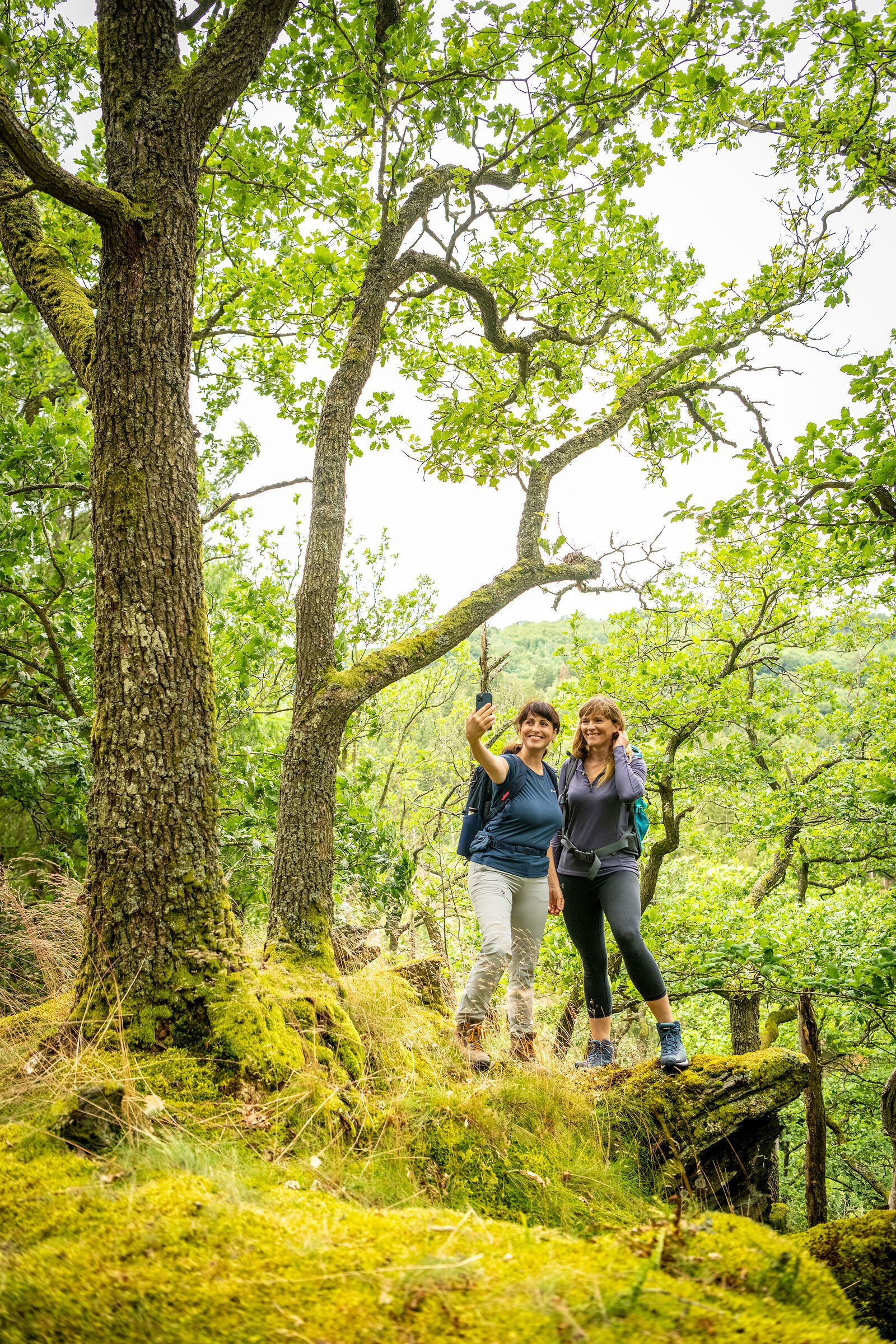
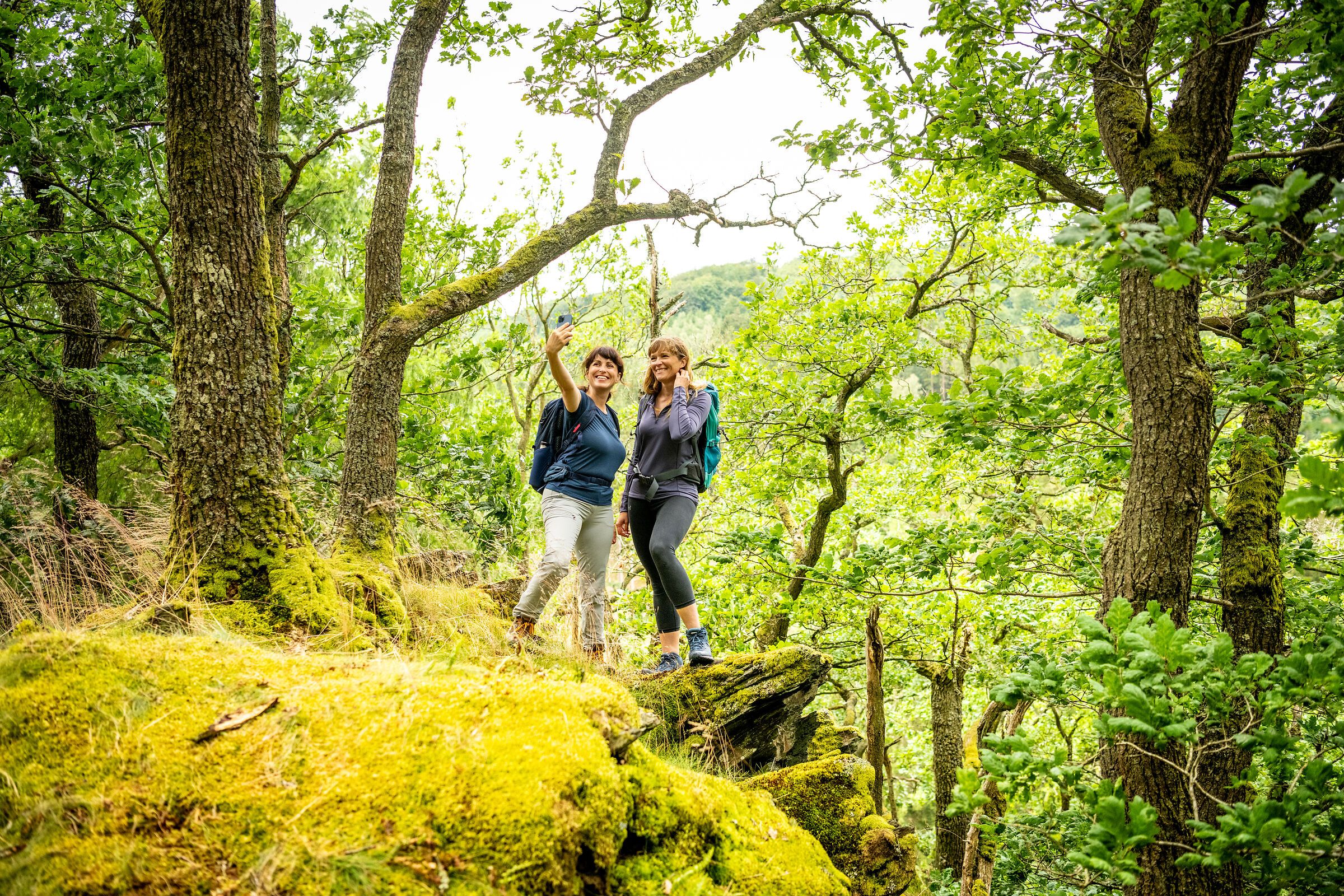
In the Eifel, every path leads you not only through breathtaking landscapes, but also through centuries of history, traces of ancient cultures and deep experiences of nature. Between volcanic rocks and gentle mountain ranges, quiet valleys and sunny juniper heaths lies your very own personal path - and you can now easily find it with the new hiking tour finder.
Whether cultural-historical, natural, sporty or meditative - each hiking route tells its own story. You decide what you want to discover: the rugged rock formations of the Devil's Gorge, the mighty reservoirs and the primeval forest of tomorrow in the Eifel National Park, the wide plateaus in the wild Islek, the powerful volcanic landscape or the rushing natural spectacle at the highest waterfall in the Eifel.
Plan individually. Experience it authentically. Immerse yourself deeply.
With just a few clicks, you can find the tour that suits your rhythm - by difficulty, length or theme.
The hiking tour finder is your compass for discovering the natural landscapes of the Eifel
Find a tour now and start hiking:

Day hike (11 km) on the EIFELLEITER in combination with public transport (Adenau-Hohe Acht)

The trail leads through an area rich in game with many traces of hunters and the hunted. The north-eastern part of the national park borders our route. For thousands of years, people subsisted as hunters and gatherers. The introduction of livestock farming and agriculture not only changed habits, but also the original landscape. The result was a cultivated landscape dominated by humans, which increasingly limited the habitat of game. We follow the hiking trail sign 09.
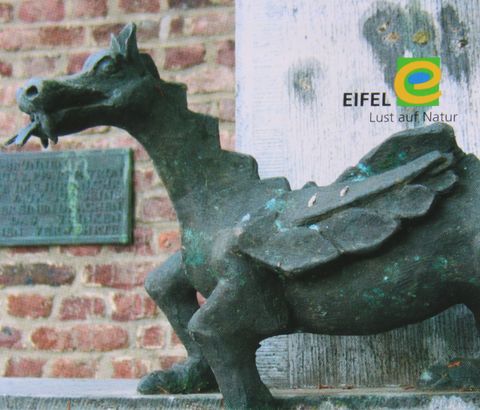
Tour length 6 km Starting point: Parking strip at the church

Weilerbach - Hohllay

The route takes you to Hasborn, Oberscheidweiler and Niederscheidweiler.
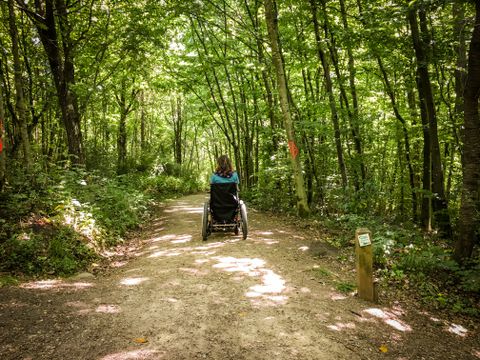
Barrier-free circular route through the "Königswäldchen" city forest, accessible with a wheelchair and baby carriage.

The road takes its name from the post-war period, when coffee smuggling from Belgium was one of the most important sources of income for the people of Schmidt. Schmidt was over 90% destroyed at the end of the Second World War, including the parish church of St. Hubertus. With the profits from smuggling coffee across the nearby border, the people of Schmidt got their families through and rebuilt their destroyed houses. Of course, this did not go unnoticed by the parish priest at the time, Josef Beyer. The reconstruction of the church initially progressed somewhat less quickly. He said in a sermon: "I know that you are getting a headache from all the money. For me it's the other way around, because I don't know where I'm going to get the money to rebuild the church." From now on, the smugglers sacrificed part of their profits from the coffee business to rebuild the church. church. This is why it is popularly known as St. Mokka.

Circular route / 14.4 km
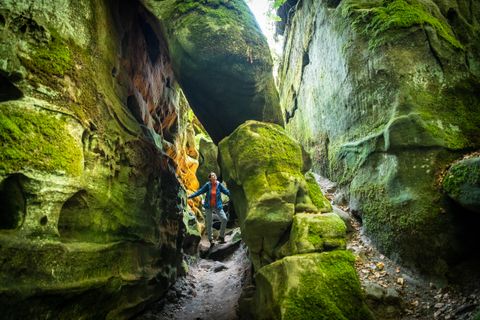
The devil himself stamped his mark on the Felsenweg 6 rocky path route.

The Vulcano (volcano) path invites walkers to enjoy outstanding views and gain interesting geological information.